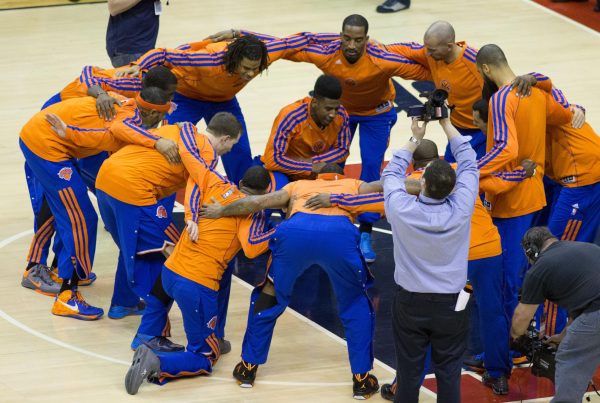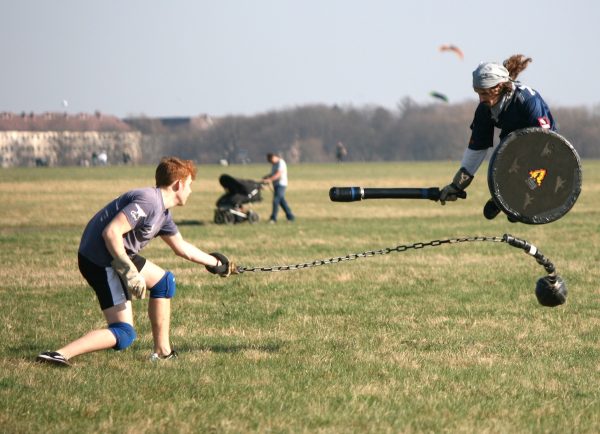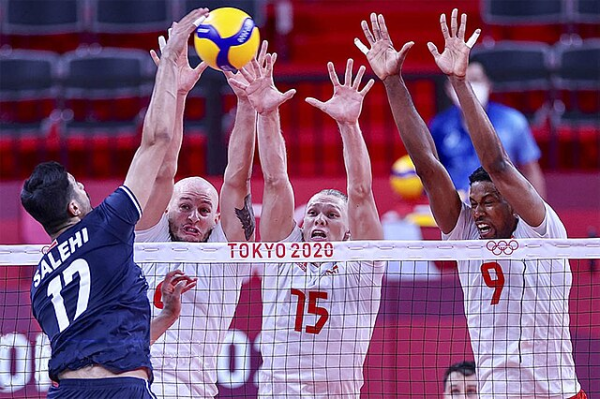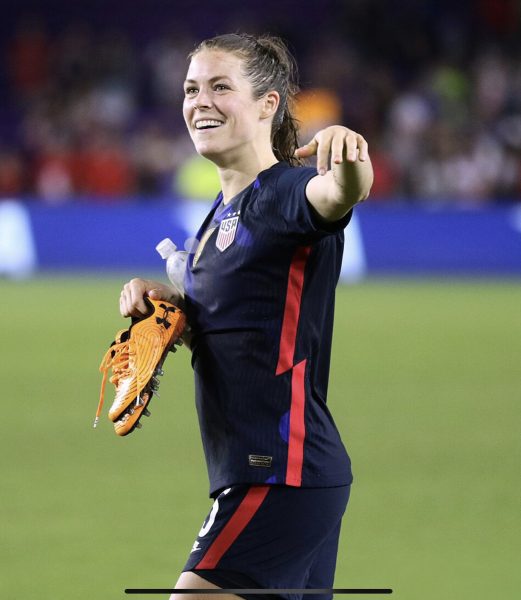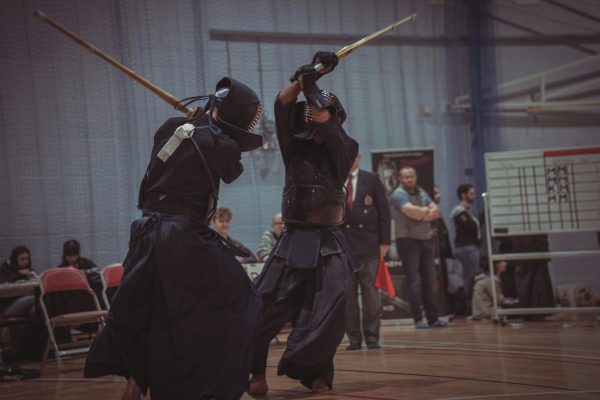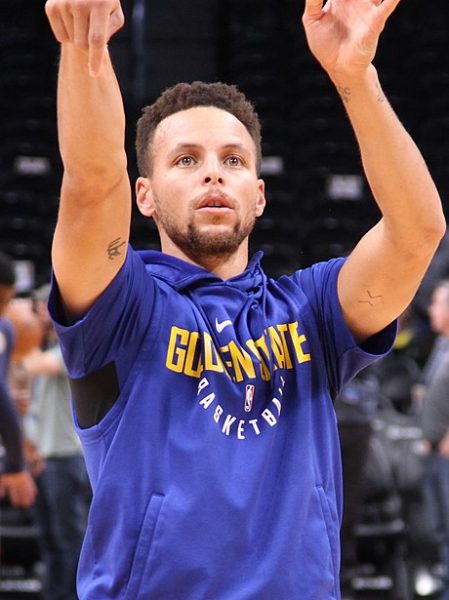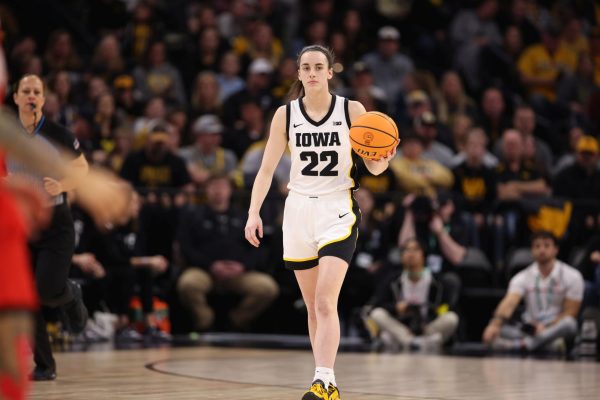The Problem of Gender Disparity in Sports
Sports have conveniently been available to men since antiquity, but where do women fit in?

The Bronx High School of Science has a competitive Girls’ Varsity Gymnastics team that recently won the Public School Athletic League City Championship.
Sports have been a constant in human civilization for centuries, with a mural from ancient Crete from around 1500-1600 BCE being the first documentation of a sport ever. However, with age comes change, and with change comes conflict.
The earliest English definition of “sport” is “anything humans find amusing or entertaining.” It originated from the Old French term “desport” which loosely translates to “leisure.” However, this belief has shifted as now, many would describe a sport as an activity that requires aggression, competitors, and contact.
Since the Olympic games, men have been afforded the luxury of choice in regard to participating in sports, yet the same cannot be said for women. Even from the origin of the most well-known sporting event in history, women were banned from participating. The men of ancient Greece were so keen on prohibiting female participation in the Olympics that they instituted a rule that forced participants and trainers to enter naked to prove that they were male.
It wasn’t until 1900 that women were permitted to participate in the competition, and still, there are notable differences between men’s and women’s sports.
Sports have long been labeled “a guy thing” as a result of many stereotypically masculine depictions, creating an extremely polarizing environment for others. Women are often disincentivized to watch sports and criticized for having knowledge on the matter, while other times are put down for not staying informed. This double standard and polarization pits women against each other and places them in an extremely difficult position.
Participating in sports as a woman is often even more uncomfortable than just watching them.
There is currently no existing football league comparable to the NFL for women. There is the Women’s National Football Conference or WNFC, but it is an amateur league that receives minimal funding and coverage.
A sad but true fact is that, in contrast to the heavily unpopular WNFC, the Lingerie Football League (LFL) garnered over 50% more viewers than the top A-league game of women’s football. It is hard to attribute this surplus of viewers to any reason other than the overt and blatant objectification of women in the sport.
Title IX of the Education Amendments Act dictates that “No person in the United States shall, on the basis of sex, be excluded from participation in, be denied the benefits of, or be subjected to discrimination under any education program or activity receiving Federal financial assistance.” Article IX was transformative for women in sports, allowing not only increased funding for sports programs for women but also because it allowed for a more equitable pay rate for women.
However, this is in no way a final solution. Even just recently, in 2021 there was the NCAA basketball weight room catastrophe in which the professional women’s teams were provided with minimal equipment to workout while the men’s teams were provided with extensive equipment and funding.
At a point, it does not even seem to be the argument that what women are doing isn’t inclusive under the definition of a sport, but rather the issue to them is just that there are women. Even if women are playing the same sport as men with the same rules and regulations, they are treated differently. Yet, when they compete in women-dominated sports their accomplishments are still minimized by critics who argue that it does not even count as one, to begin with. A prominent example of this is cheerleading.
People often consider cheerleading to be a female-dominated sport and consequently belittle it though there are a similar number of male cheerleaders in actuality. Most often associated with what is known as recreational cheerleading, cheerleading as a whole is assumed to be composed of flashy dance moves, fun jumps, and catchy chants. However, this is far from the dimensions cheer reaches.
The archetype of cheerleading depicted in movies does professional cheerleading no justice. Pro cheerleading involves a myriad of skills, ranging from tumbling to stunting, all of which take years of vigorous training to master.
In a survey concerning sports inclusivity, there was a split opinion on a question asking whether or not they classified cheerleading as a sport, with the vote being 50% yes and 50% no. When asked to further elaborate, a participant who answered “yes” to the previously mentioned question said, “A sport requires physical training and practice to reach a level where an individual can compete with others. In general, sports are ways that two different parties can play and demonstrate their skills and expertise in a learned way of acting.”
On the flip side, another respondent that answered “no” to the question wrote that they believed a sport was, “a physical activity where you are competing with others.”
While both of these are valid, it is important to keep in mind that often individuals use arguments based on this logic to argue that only contact sports, sports mainly dominated by men, are the only valid sports, which is obviously not true with sports such as swimming and track. If we used the logic that activities with opponents are sports, then that would also constitute cheerleading as a sport, as part of professional cheerleading’s point system in which teams are graded on their performance based on skills and how well they are performed, but they are also scored based on how each team’s performance compares to their opponents’ team.
Constructing a broader, more inclusive, and more accurate description of what constitutes a sport will help to eliminate the barriers between men and women in athletics.
At a point, it does not even seem to be the argument that what women are doing isn’t inclusive under the definition of a sport, but rather the issue to them is just that there are women.
Donna Celentano is an Editor-in-Chief for 'The Science Survey.' As an Editor-in-Chief, she helps manage her peers’ work, providing helpful and informed...
Saamiya Ahmed is an Editor-in-Chief for ‘The Science Survey.’ They see journalism as a way to educate others and to help brighten readers’ days with...

